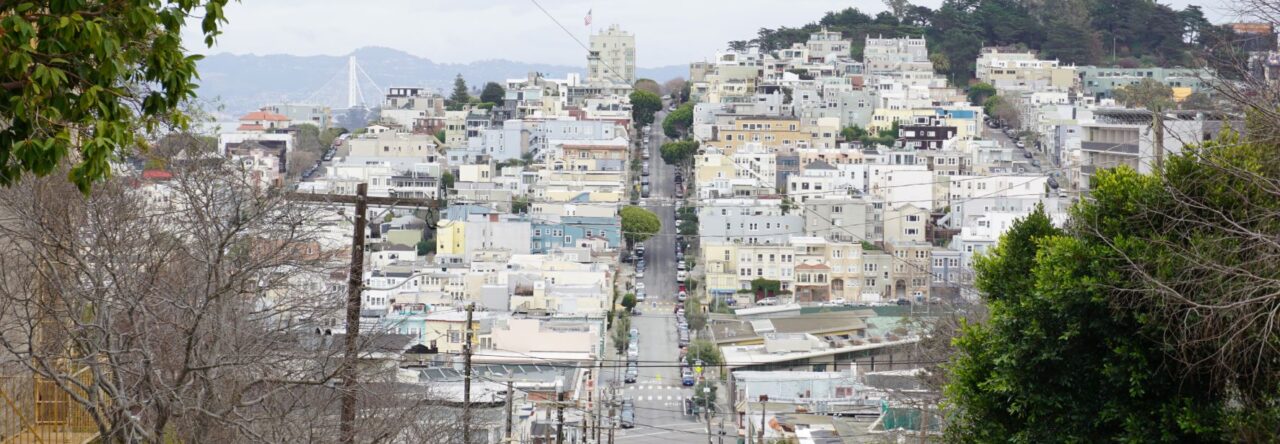Our new paper, “Enhanced observations from an optimized soil-canopy-photosynthesis and energy flux model revealed evapotranspiration-shading cooling dynamics of urban vegetation during extreme heat“, is published in Remote Sensing of Environment (IF: 13.5).
The paper and its supplement can be downloaded at https://www.sciencedirect.com/science/article/pii/S0034425724001093. The Share Link to download a copy is https://authors.elsevier.com/c/1ikad7qzT3Dj5 (valid through Apr 30, 2024).
Authors: Zhaowu Yu, Jiaqi Chen, Jike Chen, Wenfeng Zhan, Chenghao Wang, Wenjuan Ma, Xihan Yao, Siqi Zhou, Kai Zhu, and Ranhao Sun
Abstract: Previous studies on the cooling of urban vegetation mainly focused on its transpiration or shading effect separately, neglecting to explore the combined evapotranspiration-shading cooling. Further, accurate quantification of evapotranspiration-shading cooling remains challenging due to heterogeneity of urban landscapes, which limits understanding of its high-resolution spatiotemporal patterns. Here, we integrate high-precision remote sensing data and the Soil-Canopy-Observations of Photosynthesis and Energy Fluxes (SCOPE) model to propose an optimized quantitative approach. The approach was used to investigate changes in evapotranspiration-shade cooling during extreme heat. Taking Shanghai metropolitan as case, the results show: (1) The cooling capacity of urban vegetation in nighttime (18:00–6:00) is enhanced during extreme heat, which is attributed to accumulated effect of shading and enhanced evapotranspiration due to elevated vapor-pressure deficit. (2) In densely built-up areas with limited vegetation, there is a significant lack of thermal regulation, especially in the early morning (7:00) and late evening (17:00), thus exacerbating thermal stress. (3) At midday (11:00–13:00) there was a slight decrease in evaporative cooling, probably caused by the behaviour of the stomatal closure at high temperatures. Concurrently, high radiation causes the shading effect of vegetation to become more prominent, amplifying the cooling contrast between areas with dense and sparse vegetation cover. Moreover, the study also highlights that grassland with >50% cover can provide cooling effects similar to that of forest land. Overall, our study not only enhances the understanding of urban vegetation’s cooling effects but also underscores the importance of strategic urban vegetation planning in mitigating urban heat, particularly under the escalating frequency and intensity of heat waves.
DOI: https://doi.org/10.1016/j.rse.2024.114098

